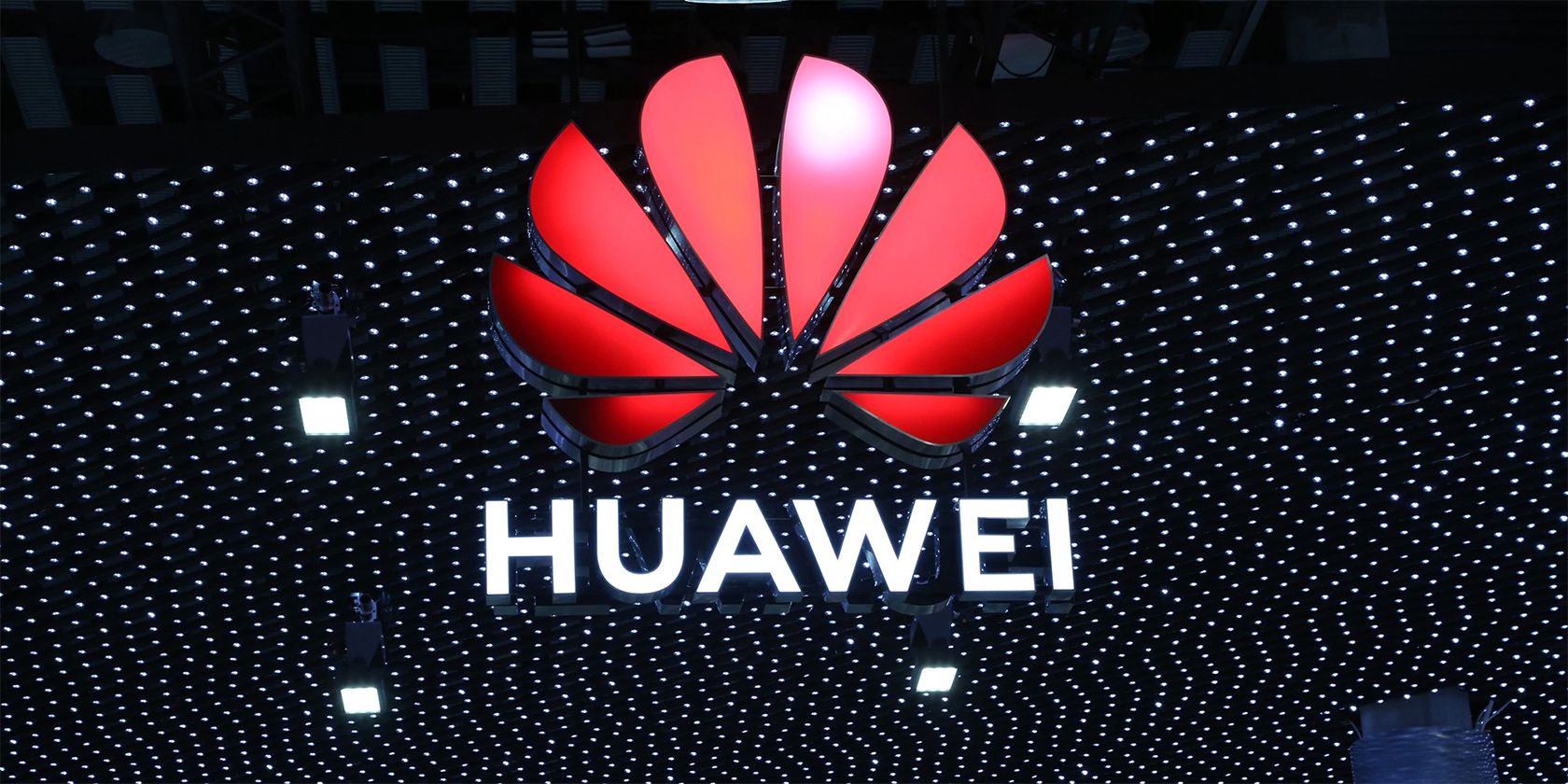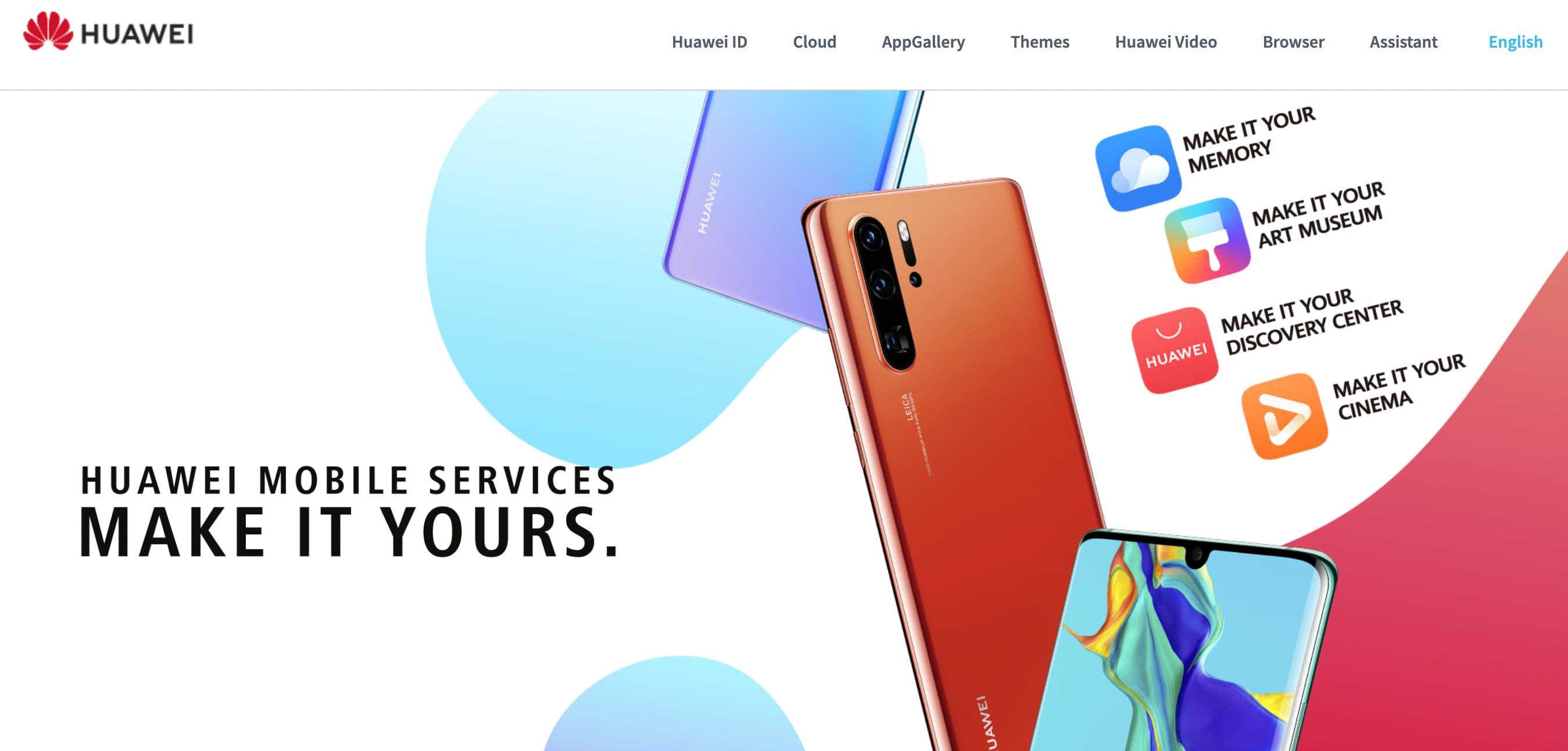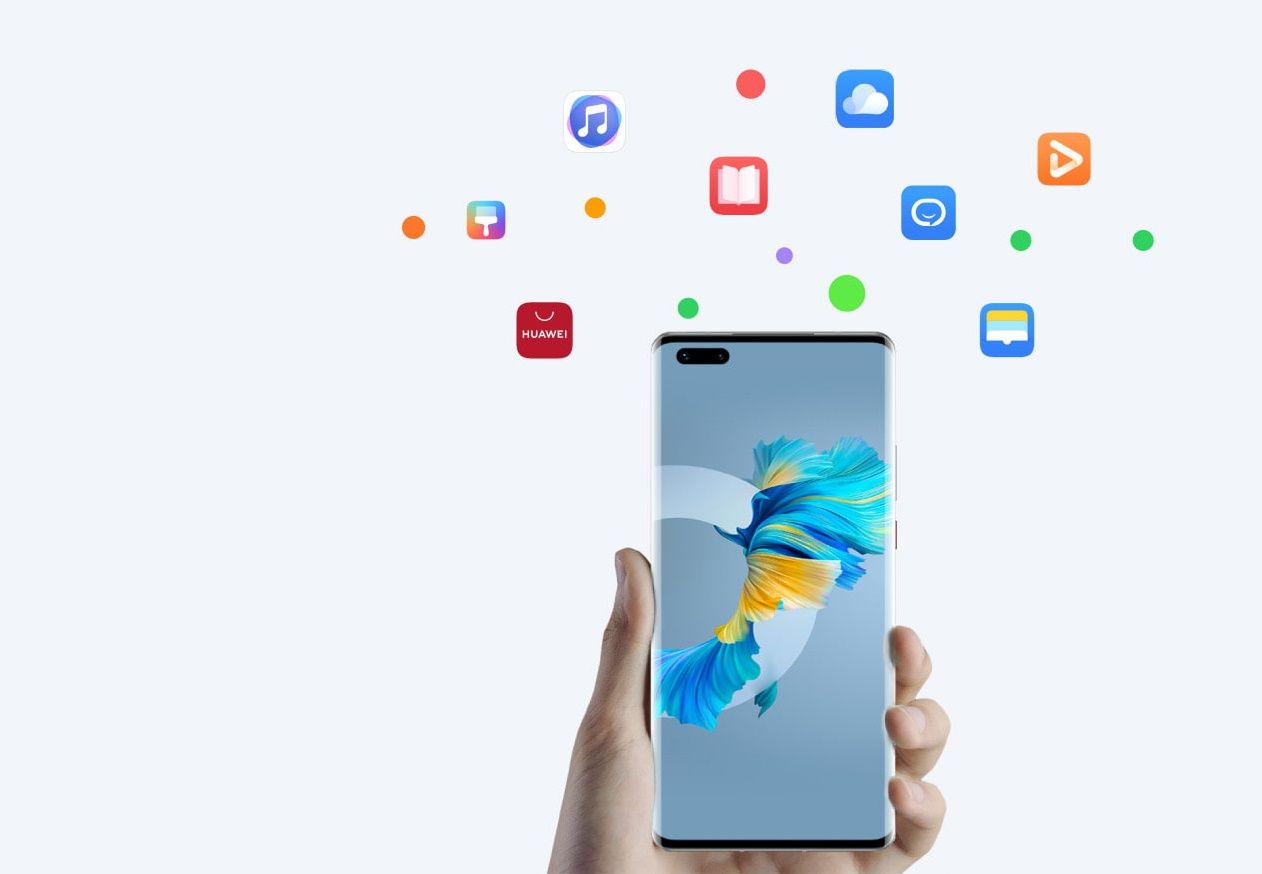Google Mobile Services (GMS) is at the heart of every Android smartphone. It includes a collection of APIs and all your favorite Google apps, including Google Maps, Google Drive, YouTube, Google Photos, Google Play Store, Google Chrome, and more.
However, since the US ban, the new Huawei devices have been missing out on these services. To compensate for the unavailability of GMS, Huawei created its rival mobile ecosystem—Huawei Mobile Services, or HMS.
So what is Huawei Mobile Services and what does it offer to replace the popular Google Apps? Let’s find out.
What Is Huawei Mobile Services?
After the ban, Huawei positioned its own HarmonyOS as a replacement for Android. Having an operating system is not enough, it also needs an ecosystem of apps. With Huawei Mobile Services, the company offers its own competing platform that replaces the Google Mobile Services in Huawei devices.
However, any old devices launched before the 2019 ban will continue to receive support for Google Mobile Services, alongside HMS.
Although Huawei Mobile Services has been around for a long time, the company started promoting and expanding it post the ban. Huawei Mobile Services replaces the popular Google Apps and is supported on all Huawei devices.
While many Honor phones also support HMS, the former Huawei sub-brand is once again supporting GMS with its newer devices such as the Honor 50 series.
Huawei Mobile Services also provides third-party app developers with tools and services for creating their own apps. With HMS, the company aims to offer all that Google provides for the Android mainstream environment, users, and developers.
How Is Huawei Mobile Services Replacing Google Mobile Services?
Similar to GMS, HMS aims to provide a secure and full-fledged ecosystem of mobile apps that is consistent across devices. HMS offers a bunch of services to replace GMS, the most significant of them being seven key services—Huawei ID, Cloud, AppGallery, Themes, Huawei Video, Browser, Assistant, and HMS Core which supports app development on the platform.
Let’s have a look at each of these services to see what they offer.
1. Huawei ID
You can use Huawei ID just like your Google account or Apple ID. It lets you personalize your Huawei devices and sync your data including contacts, messages, and passwords. A Huawei ID is the first and foremost requirement of using HMS as it acts like a key to access all the other featured services including Cloud, themes, Huawei Music, Huawei Video, and many more.
2. Huawei Cloud
You can use Huawei Cloud for system backup, storage, and synchronization of all your data including photos, videos, contacts, and more. It works in sync with Huawei ID and gives you access to all your data in one place. With Huawei Cloud, you get up to 5GB of cloud storage for free and additional storage of up to 2TB with purchase. The app also provides you with comprehensive security for your data.
3. Huawei AppGallery
Much like the Google Play Store, the AppGallery lets you explore, download, share, and manage a variety of apps. Except for Google Apps, you will find several popular apps including but not limited to Snapchat, WhatsApp, TikTok, and Amazon.
However, apps like Twitter and Instagram are still missing from AppGallery. While Huawei promises to make the apps available soon, the AppGallery has a Wishlist feature where you can submit the name of the desired app you don’t find on the platform. As soon as it is available, you’ll be notified.
Additionally, AppGallery offers Quick Apps which are much like the Google Instant Apps which consume less memory and are installation free. Furthermore, AppGallery offers Petal Search and Petal Maps, which are alternatives to Google Search and Google Maps.
4. Huawei Themes
Huawei Themes lets you customize your Huawei device with tens of thousands of online themes available on the app. With this app, you can discover various themes for lock screens, wallpapers, icons, fonts, and much more.
5. Huawei Video
The Huawei Video streaming service offers a high-quality media experience on Huawei and Honor devices running EMUI version 5 or higher. You can enjoy a variety of European and Spanish series, short videos, movies, and more on this app. The app provides a personalized video experience by recommending the content you frequently browse and like to watch.
It currently only works for Huawei IDs registered in Italy and Spain.
6. Huawei Browser
Huawei Browser offers a safe and secure Internet browsing experience. It's an easy-to-use web browser with enriched search features including the dark mode, integrated news feed, web-page translation of up to 49 commonly-spoken languages, and more.
Similar to Google Chrome, the Huawei browser offers a high-speed web browsing experience and hence, makes a great option for Huawei devices.
7. Huawei Assistant
Huawei Assistant replaces all core functions of Google Assistant in the newer versions of Huawei devices. It offers personalized services like weather forecasts and sports scores to help you stay informed about the world with just one quick swipe.
You can customize the layout of the app by adding, dragging, and combining cards according to your needs. Additionally, the app makes it easier to search for information or launch apps.
HMS Core: For Developers
As a replacement for Google Mobile Services Core, HMS Core offers a collection of tools for app developers to create applications. These tools include sign-ins, location tracking, in-app purchases, and more to bring a better user experience to the Huawei devices. The HMS Core offers a rich array of open device and cloud capabilities which enables developers to deliver innovative apps.
If an app is available through the Google Play Store, Huawei promised developers that the process to port it over to HMS would take less than 10 minutes. This is quite encouraging for the developers to create more apps for the platform with lesser effort.
Do Huawei Mobile Services Prove to Be a Viable Alternative?
As we have seen, Huawei Mobile Services do offer a wide range of apps and development tools to replace the Google Mobile Services in Huawei devices. Additionally, these apps claim to offer similar functionality, privacy, and security to the users.
However, along with the popular Google Apps, the Huawei devices do lack several popular apps like Twitter and Instagram. Also, other apps that depend on the GMS are missing. At present, AppGallery has over 134,000 apps, while its rival Google Play Store has around 5 Million apps.
The company does promise to make more apps available soon and is making constant efforts to encourage developers to port their apps on HMS. However, at least for now, it’s quite evident that Huawei Mobile Services still has a long way to go before it could compete with Google Mobile Services.



